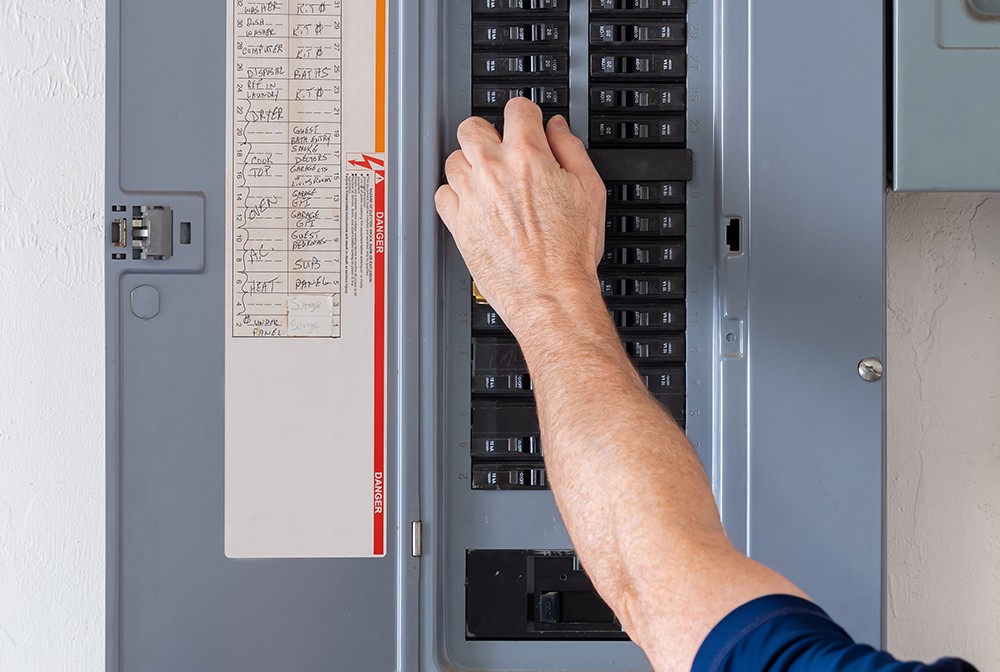If you’re a homeowner, then you have to familiarize yourself with breaker box safety. This includes being aware of the operation, mechanism and the different features of the breaker box that helps supply power to your residence. Knowing what the breaker box is, its significance and how it works will go a long way towards helping you practice breaker box safety in the hopes of avoiding perilous situations.
Fortunately, you don’t have to get intimidated as it is not all that complicated. Read on below to find out everything you need to know about the electrical breaker box. Let’ start by learning what it is and what it is for.
How does a breaker box work?
The primary circuit breaker panel is a big switch that distributes the power supply to the rest of your house. The circuit breaker box also has other sub-switches that link to other areas of your house. These small switches are called breakers and they serve to make sure of electrical safety. As a homeowner, all you have to do is access the main circuit breaker panel whenever the power trips or when there is work that needs to be done on your property.
Why is breaker box safety important?
The power that flows from the electricity provider’s line goes through the line meter and into the main circuit breaker panel. You have to be wary of this as you and your family can be vulnerable to electric hazards from home appliances, the HVAC system, and other electronic equipment. I cannot emphasize how important this is, as electric shocks, burns and fires can cause serious damage to your life, that of your loved ones and the rest of your property.
The circuit breaker panel, though, has been designed to have safety features that safeguard the wiring and prevent electrical shocks and fires caused by overloading or the build-up of heat. These safety mechanisms also protect your residence and your family from the hazards of improper grounding, voltage fluctuations, and the like.
What are the breaker box safety features of a circuit breaker panel?
Here’s what you need to know about the breaker box safety features that you will find in the panel:
1) Main Circuit Breaker
This switch goes on and off to regulate the current flow. And so, if an overload occurs because of a short circuit or because too many appliances are running at the same time, the circuit breaker will automatically trip to turn off the current flow. Breakers are subdivided into these categories:
- Single-Pole Breaker: These single switches are usually between 15-20 amps, are usually found in most circuit breakers, and can take on up to 120 volts.
- Double-Pole Breaker: These pole breakers can be had in various amperages and can take on 240 volts. Double-pole breakers are made for large appliances such as air conditioners, water heaters, washing machines and stoves.
2) Arc Fault Circuit Interrupters
These are circuit breakers that are specifically geared to produce additional safety measures against electric fires and electrocution.
3) Sub-Panels
Sub-panels are small breaker boxes that are geared to take on more circuits when you don’t have the space to contain new circuits.
4) Bus Bars
The two rows in the main circuit breaker panel link up with hot bus bars. This is where the current flows from the main breaker to the dividing circuits and extends to the outlet.
Not only is it crucial that electricity is flowing through your property properly but it is just as important that it is doing so safely. And so, for all your electrical repairs and service needs, always entrust that responsibility to the professionals at Fusion Electricity—a locally owned and operated, professional electrician in Overland Park, that serves the entire Kansas City Metro area. Visit their website today at https://www.fusionkc.com/.


